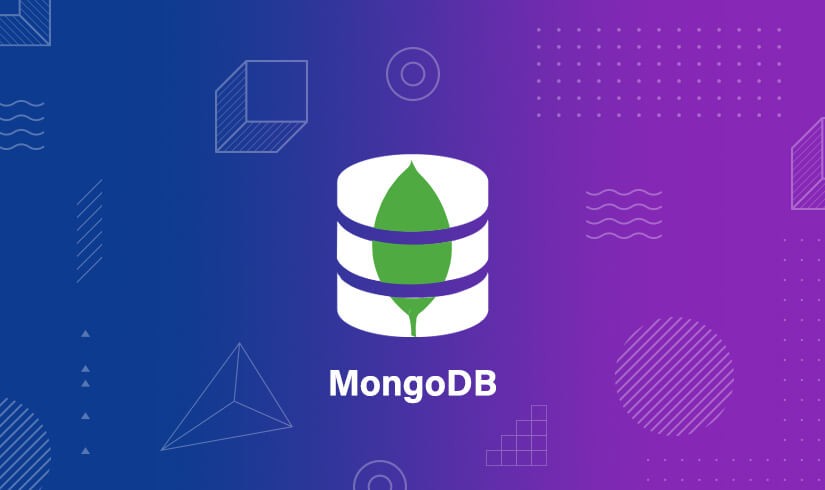
About Course
What is MongoDB?
MongoDB is a document-oriented database that stores data in flexible, JSON-like documents. Unlike traditional relational databases, MongoDB does not use tables and rows; instead, it stores data in collections of JSON-like documents. This makes MongoDB particularly well-suited for handling unstructured or semi-structured data and allows for more dynamic and flexible schemas.
Key Features of MongoDB:
Document-Oriented: MongoDB stores data in JSON-like documents called BSON (Binary JSON). Each document can have its own unique structure, which can evolve over time.
- Schema Flexibility: Unlike relational databases, MongoDB does not require predefined schemas. Fields can vary from document to document within a collection.
- Scalability: MongoDB is designed to scale horizontally across multiple servers, making it suitable for handling large volumes of data and high traffic applications.
- High Performance: MongoDB uses internal memory for storing working sets of data, which results in faster data access and retrieval times.
- Rich Query Language: MongoDB supports a powerful query language that includes support for filtering, sorting, aggregation, and indexing.
- Ad Hoc Queries: Developers can query MongoDB in real-time without having to pre-define queries or use complex joins.
- Indexing: MongoDB supports secondary indexes, allowing for efficient query execution and improved performance.
- Replication and High Availability: MongoDB supports replica sets for automatic failover and data redundancy, ensuring high availability of data.
Use Cases for MongoDB:
Content Management: Storing and managing content in a flexible schema environment.
Real-time Analytics: Handling large volumes of data and performing real-time analytics.
Mobile and IoT Applications: Serving as a backend for mobile and Internet of Things (IoT) applications due to its flexible schema and scalability.
Personalization: Storing and querying user-specific data for personalized experiences.
Course Content
MongoDB
- 00:00
- 00:00
- 00:00
- 00:00
- 00:00
- 00:00
- 00:00
- 00:00
- 00:00
- 00:00
- 00:00
- 00:00
- 00:00
- 00:00
- 00:00
- 00:00
Student Ratings & Reviews

